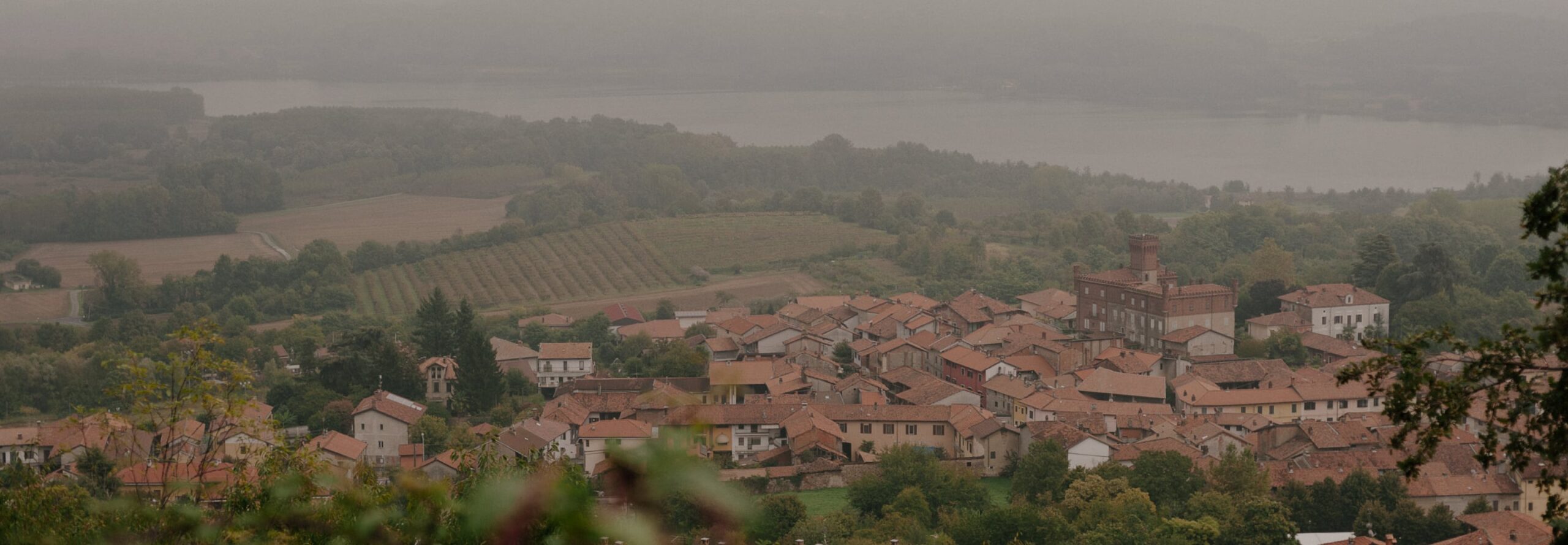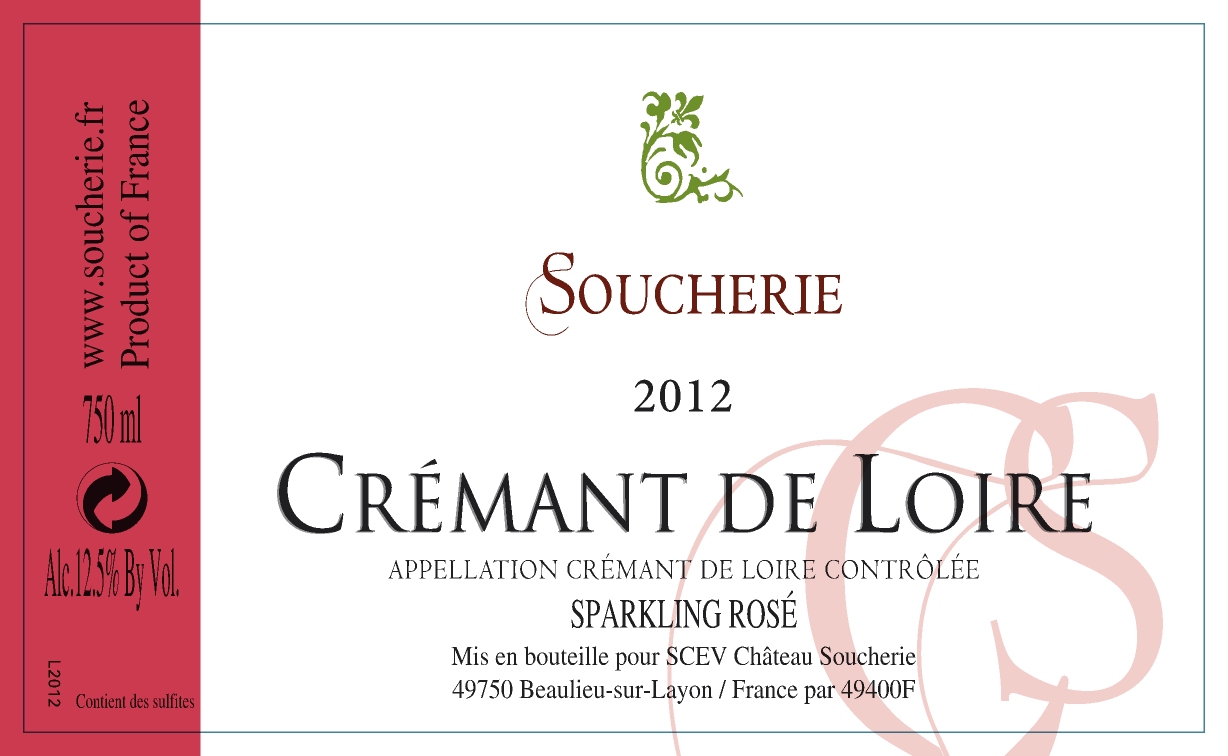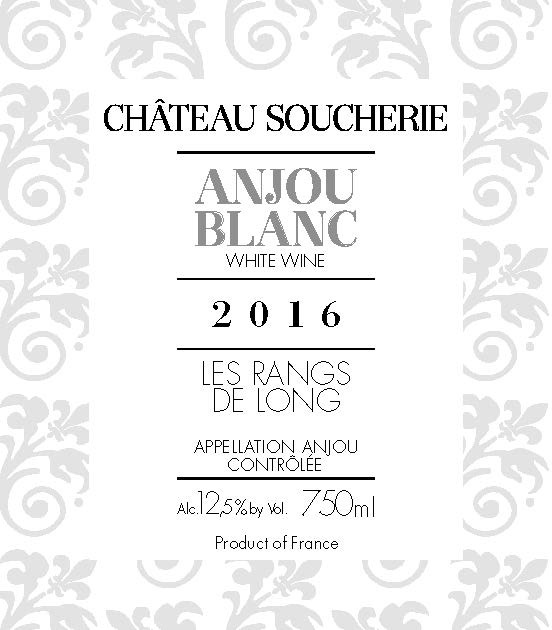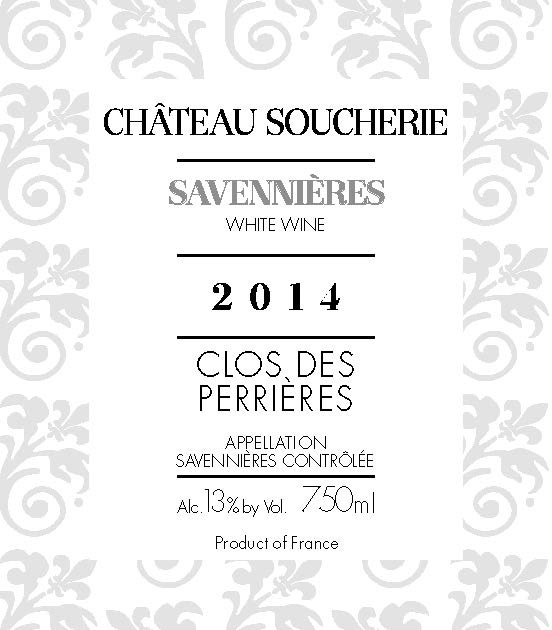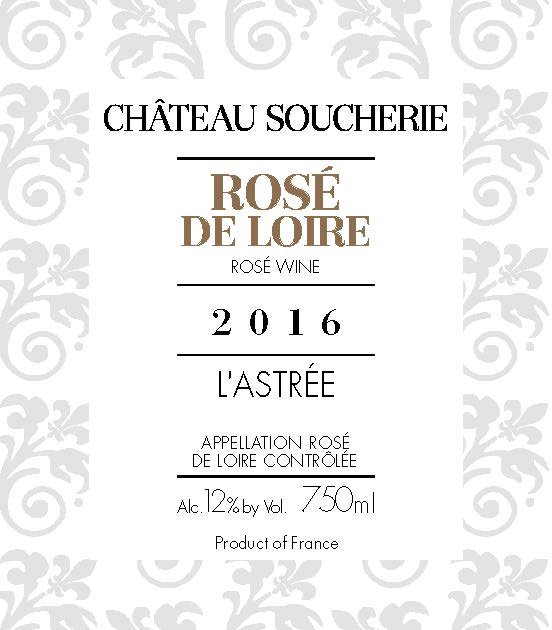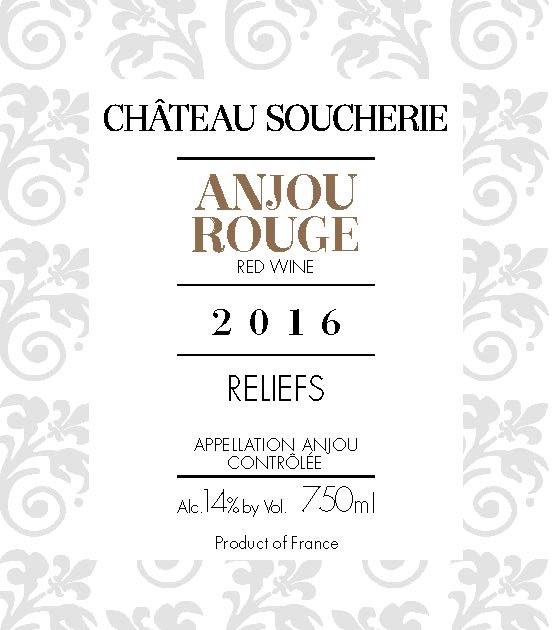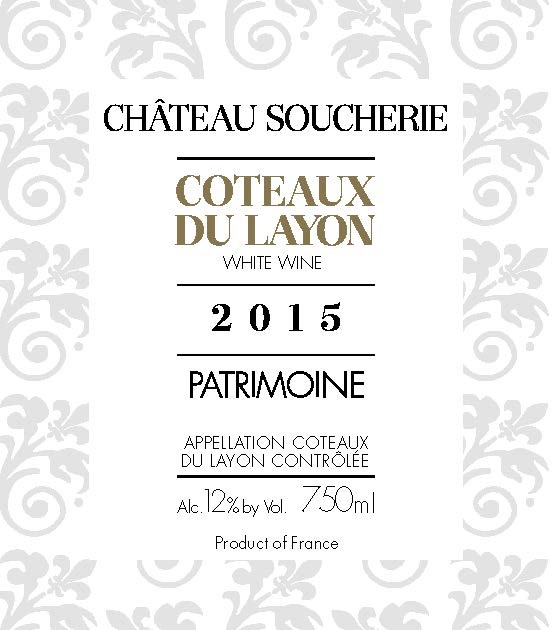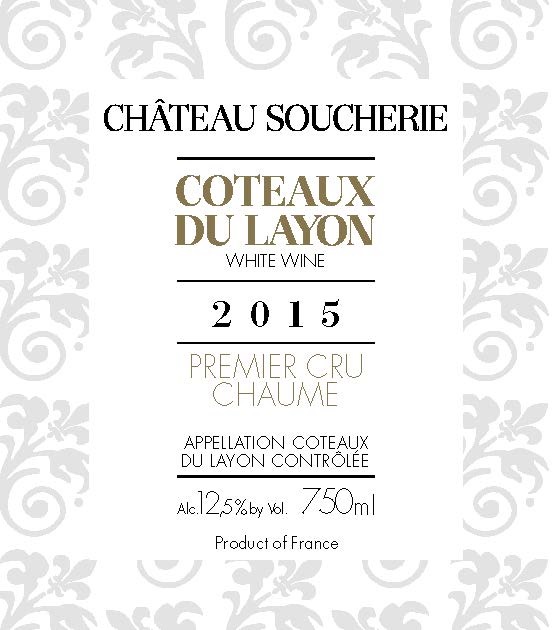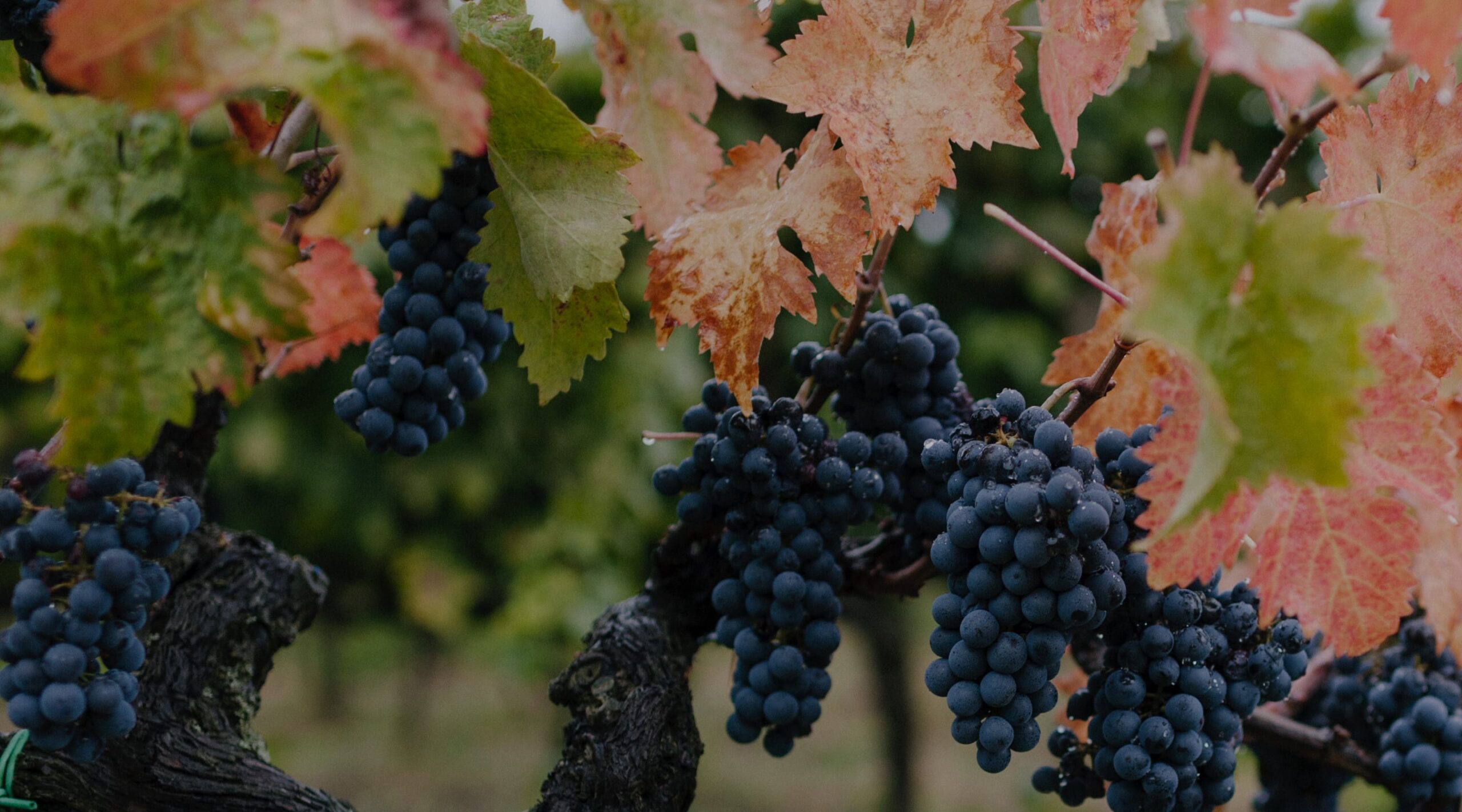
Château Soucherie
Wines
Beaulieu-sur-Layon, Anjou
Crémant de Loire Blanc
A dry sparkling made from Chardonnay from a parcel in front of the cellar in the Anjou district. 15 months on the lees; full mousse with lovely minerality from the sandy limestone soils.
Crémant de Loire Rosé
A dry sparkling wine that is mostly Cabernet Franc (90%) with some Chenin Blanc (10%), planted to clay and schist soils. The wine spends a year to 18 months on the lies before disgorgement. Fine bubbles match perfectly with the elegant fruit and crisp, mineral profile of the wine. A mere 3000 bottles are produced each year and we are fortunate to import 1,200 from this very limited quantity.
Anjou Blanc, “Les Rangs de Long”
This cuvée is essentially vinified exclusively for our use in the US market. The grapes, 100% Chenin Blanc, are sourced from the vineyard site “Les Rangs de Long” which is on the northern part of the estate but with south-southeastern exposure. The soil is a mix of clay and sand and limestone with some schist. The wine is vinified totally dry in cuve and aged on the fine lies for eight to nine months before being bottled. Approximately 12,000 bottles per annum are produced for the US market.
Savennières, “Clos des Perrières”
This 1.8 hectare vineyard in the heart of the Savennieres district on the northern side of the Loire is planted exclusively to Chenin Blanc and produces a classic version of this entrancing appellation. The soil is a mix of sand, volcanic rocks, schist and granite. Fermentation and the first nine-months of élevage occurs in barrel but the wine then spends about four additional months assembled in cuve resting on the fine lies before being bottled. Approximately 1,500 bottles per annum come to the USA.
Rosé de Loire, “L’Astrée”
This dry, mineral-driven Rosé is produced from Grolleau (70%) and Gamay (30%). The vines are planted to clay, sandstone and schist soils. The wine is a product of the direct press method of vinification and the élevage is in cuve with bottling occurring usually in April of the spring following harvest. We purchase approximately 7,800 bottles for the US market.
Anjou Rouge, “Reliefs”
This lively, fruity red retains a strong minerality to its finish that lends class and balance to this simple and reasonably priced wine. Cabernet Franc forms the backbone of this wine (90%) but is blended with a touch of Grolleau (10%). The vines are planted to gravel and schist soils. The élevage is in cuve on the fine lies for approximately eight months. We purchase on the order of 5,000 bottles of this wine annually.
Coteaux du Layon, “Patrimoine”
This wine is produced from several different lieu-dits on the estate which share soils of clay and schist. Fermentation and élevage occur in cuve with extensive contact with the fine lies. The degree of residual sugar that remains in the wine varies depending on the vintage but, it is important to note, the vibrant acidity and intense minerality of this wine leaves a lingering, dry finish.
Coteaux du Layon 1er Cru, “Chaume”
The exceptional Chaume vineyard produces the grandest wine of Soucherie. The vineyards border the Layon river and are often swathed in an early morning fog. The soil is clay and schist. The special micro-climate that exists in Chaume creates a tendency for botrytis to develop and the grapes from this vineyard in Chaume are almost always blessed with 100% botrytis. Harvest is done by multiple passes through the vineyard that can frequently cover several weeks of work. The wine is fermented in barrel (about one-third of which is new) and then spends 18 months in barrel for the élevage. We purchase approximately 1,200 bottles per year for the US market.
